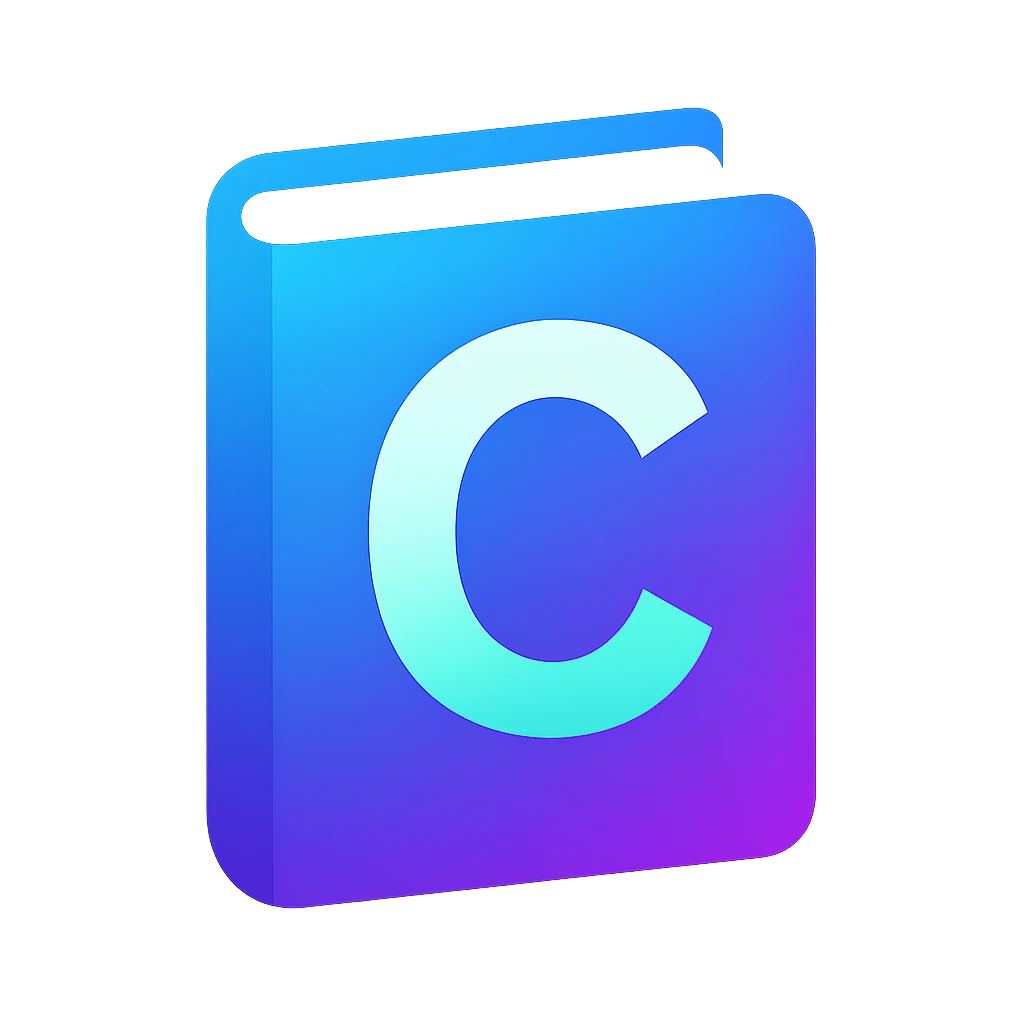Knight’s tour#
Fig. 17 A possible knight’s tour on a chessboard.
Public domain. By Created by Ilmari Karonen. Source: Wikimedia Commons#
Fig. 18 A closed-loop solution performed by the Turk in 1780s. A closed loop solution implies that we can start from every square and find a solution.
Public domain. By Badlydrawnjeff. Source: Wikimedia Commons#
- Knight’s tour
A sequence of moves of a knight on a chessboard such that the knight visits every square once.
We will implement a program that tries to solve the Knight’s tour problem. The problem can be solved with an open or closed loop like in Fig. 17 and Fig. 18, respectively. It does not matter which solution your program finds.
Activity 35 (A shorter tour on a 4x4 board)
Draw a 4x4 board and write
1to one field that you choose. Move the knight and write the incremented number to the new field. Play as long the knight can make moves. How many squares could you visit?Try the tour by beginning on other squares. Do you think that beginning from a corner or middle square is better?
Activity 36 (Computational solution flowchart)
You tried to solve the problem manually in Activity 35. Draw a flowchart that describes your process.
Pay attention to when the process ends.
Implement a program that begins on a square and makes the first move that is possible and continues moving in the same manner until it is not possible anymore. This is a greedy algorithm.
Requirements:
Your documentation includes flowchart/s.
Your program outputs the maximum number of squares toured for each square as follows:
Greedy: 36 37 43 49 36 35 48 42 54 43 35 36 42 48 35 34 36 29 54 42 34 35 41 47 42 28 35 28 54 41 33 34 45 35 41 27 26 27 46 40 40 8 44 44 40 26 33 32 10 54 46 54 55 31 39 54 42 37 35 55 36 32 35 32
Your program uses the following compile-time constants and functions.
#define SIZE 8 /**< Board size. */ /** * Knight move offsets * * Moves that a knight can make relative to the current position. * For example, * x += MOVES_X[0]; y += MOVES_Y[0] * corresponds to one of the eight moves that a knight can make, where `x` and * `y` represent the current position. */ #define MOVE_COUNT 8 /**< Number of moves that a knight can make */ const int MOVES_X[MOVE_COUNT] = {2, 1, -1, -2, -2, -1, 1, 2}; const int MOVES_Y[MOVE_COUNT] = {1, 2, 2, 1, -1, -2, -2, -1}; /** Determines whether a move is possible from a starting position. * * @param move_id One of the 8 moves that the knight wants to make [0, 7] * @param x Current horizontal position * @param y Current vertical position * @param visited A two-dimensional array that represents the squares. If a * value is positive, then the corresponding field was visited before. * @return True if the move is possible, else false. */ bool move_is_possible(size_t move_id, size_t x, size_t y, board_t visited); /** Attempts a tour by picking the first accessible square. * * @param start_x Horizontal starting position on the board * @param start_y Vertical starting position on the board * @return The number of visited squares * @note An array is created for the attempt */ unsigned int tour_greedy(size_t start_x, size_t start_y); /** Attempts tours beginning from each square available on the board * and annotates the number of visited squares like this: * * 15 8 15 15 * 10 6 4 15 * 8 10 14 14 * 14 14 14 11 */ void greedy_tour_from_each_square();
Even
SIZEis 8 as default, your program should also work withSIZEs other than 8.Organize your project into the files
knights_tour.{h,c}andmain.c.Optional: Implement a non-greedy approach that prioritizes squares that are more difficult to access compared to others. For example the following table shows for each destination square, from how many departure squares the destination square is accessible on a 8x8 board.
2 3 4 4 4 4 3 2 3 4 6 6 6 6 4 3 4 6 8 8 8 8 6 4 4 6 8 8 8 8 6 4 4 6 8 8 8 8 6 4 4 6 8 8 8 8 6 4 3 4 6 6 6 6 4 3 2 3 4 4 4 4 3 2
Tour visualization using the variables window in debugger. The knight jumps first to [6][4] (value `1`) and then to `2` and `3`.
Tip
If you view the array that represents the tour in the debugger, then you can track where the knight goes after each breakpoint as shown in the video on the right.
